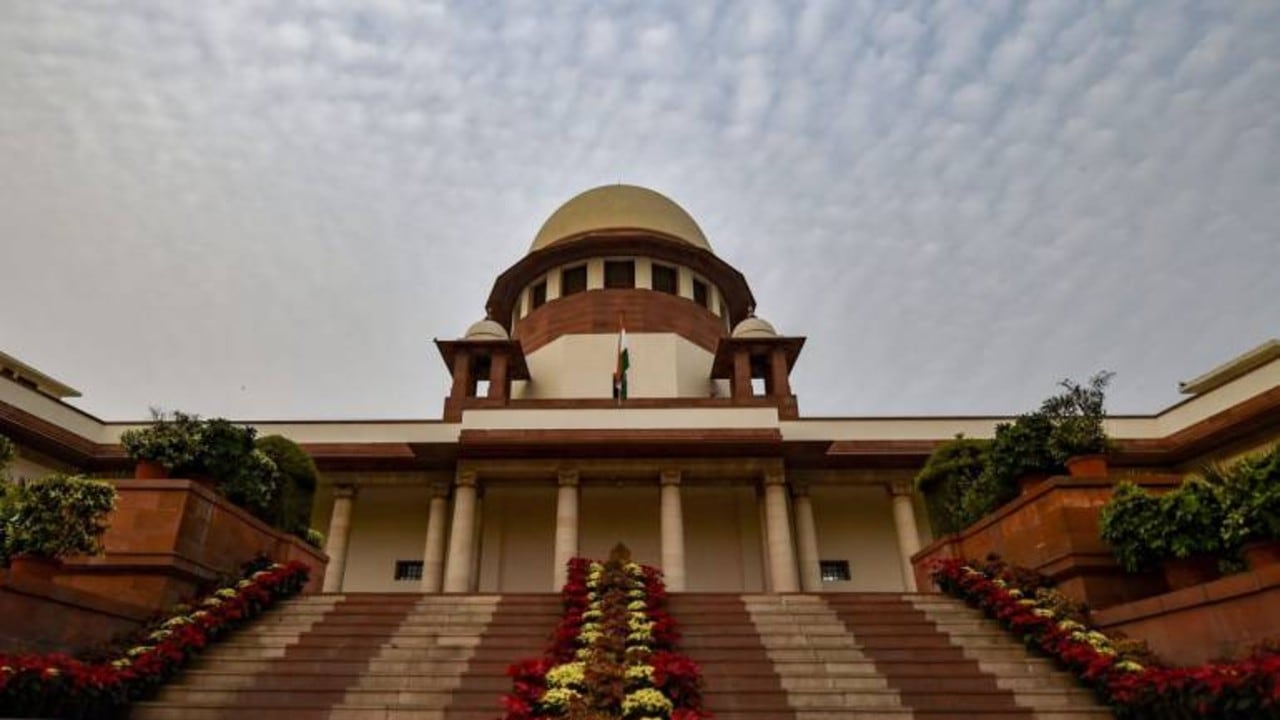The Indian Judiciary has always been known for Judicial Activism. It has always tried to conserve and protect the democratic process of our nation. It has not only struck down inconsistent laws but has also intervened in the governance of the State, which people believe to be the exclusive arena of the Executive branch. The Judiciary’s fearless will to intervene and deliver justice in the areas of the Executive and Legislature have been praised by many. A landmark decision, however, that transformed the modern Indian Judiciary were the Three Judges Cases.

The worldwide debate was, “Whether the three pillars of democracy can interfere in each other’s domain?”, “Whether consultation was equivalent to concurrence?” and so forth. The Three Judges Case, to a great extent, were landmark verdicts that sought to answer these questions.
These cases also dealt with questions regarding the collegium system, judicial independence, appointment of judges and separation of powers between the three branches. The need of these three cases was felt as many thought that the judiciary’s independence is at stake considering some instances that took place over a period of time, one of them being the making of A.N.Ray the CJI superseding other senior judges. The three cases have been dealt at length herein below.
In the first case, S.P. Gupta, a learned advocate filed a petition. He was in favour of an independent judiciary, arguing that there should be no role of the Prime Minister or Council of Ministers in the appointment of the Judges. The President is the only one having the authority and power to appoint I.e. no consultation should be done and no interference should ensue from the Executive or Legislative Branch.
Finally, it was proved and held that the President has the powers to appoint and consult in the First Judge’s Case. Therefore, the appointment of a Judge of the Supreme Court or the High Court, the word “Consultation” in Article 124 (2) and in Article 217 (1) of the Indian Constitution does not mean “Concurrence”. Hence, when there is a dispute or difference of opinion in the appointment of judges, the ultimate or absolute power would lie in the Union Government and not the Chief Justice of India.
Next in order was the Second Judges Case that aimed to restore the balance and re-define the judgment described above in 1993. When innumerable petitions were filed relating to the issue of appointment and transfer, it was thought that the First Judge’s Case be reconsidered. This was the the beginning of the collegium period. The judgment in the First Judges case was overruled by a 7:2 majority. It was stated that the President did not have any powers to interfere in the functioning of the Judiciary and was a violation of Article 50 of the Constitution which talks about independence of the Judiciary. Additionally, in an event of dispute or disagreement, it will be the Chief Justice of India whose opinion not only would have the primacy, but would also be determinative in nature. Moreover, to keep a system of check and balance within the organs, a collegium was set to be created. Hence, the powers of the Chief Justice would be moderated by other two judges where the appointments of Judges to Supreme Court and High court will be made by the CJI only after taking opinions from other two senior judges.
Through the Second Judges case, it can be said that instead of restoring the balance, the Judiciary, here, had an upper position over the issue. The concept of collegium that introduced was new and fresh. Multiple discussions and deliberations were in line. However, in 1998, the matter was referred again by the President which became the Third Judges Case. Here, the President questioned the functioning of the collegium system in India. Over time, it was stated that the senior most Judges will appoint the Chief Justice of India. However, it was when the Executive questioned the recommendation of CJI M.M.Punchhi, to appoint five judges, the President sought the opinion of the Supreme Court on how it would manifest.
A nine-judge bench of the Supreme Court on matters concerning the appointment and transfer of Judges, unanimously ruled out that the collegium would include the CJI and four senior most Judges as against Two (previously held in the Second Judges Case).
Here, the Supreme Court categorically held that “consultation with the Chief Justice of India” in Article 217 (1) and 222 (1) of the Constitution requires consultation with the plurality of judges of the collegium. Later, the NJSE Act was enacted by the government in 2014-15 wherein the government established a settlement program. This program provided that a set of members (both from the Judiciary and Executive), will be appointed to oversee the selection of Chief Justice. Not long enough, the Act was challenged and declared unconstitutional. It was held that the Judiciary should be completely independent and the Act as a whole was unconstitutional.
In conclusion, it is imperative to say that the Judiciary is committed to protecting its independence and only with time will we understand whether the system that we have currently is efficient and effective. Hopefully our system can ensure that the most effective, efficient, independent, impartial and competent members will be elected and elevated to the level of Judiciary.
Libertatem.in is now on Telegram. Follow us for regular legal updates and judgments from the court. Follow us on Google News, Instagram, LinkedIn, Facebook & Twitter. You can also subscribe to our Weekly Email Updates. You can also contribute stories like this and help us spread awareness for a better society. Submit Your Post Now.

